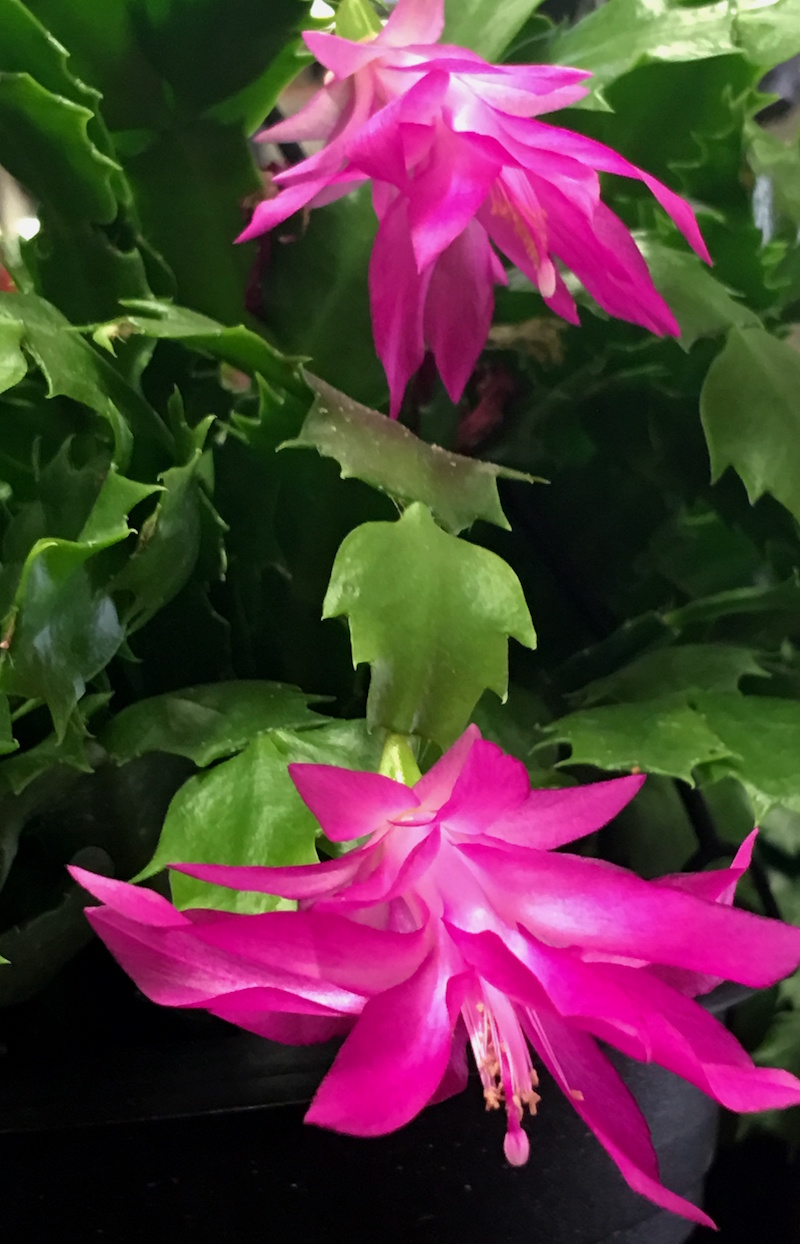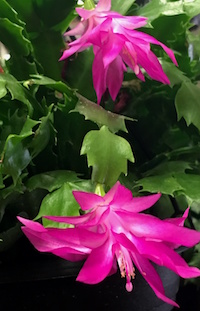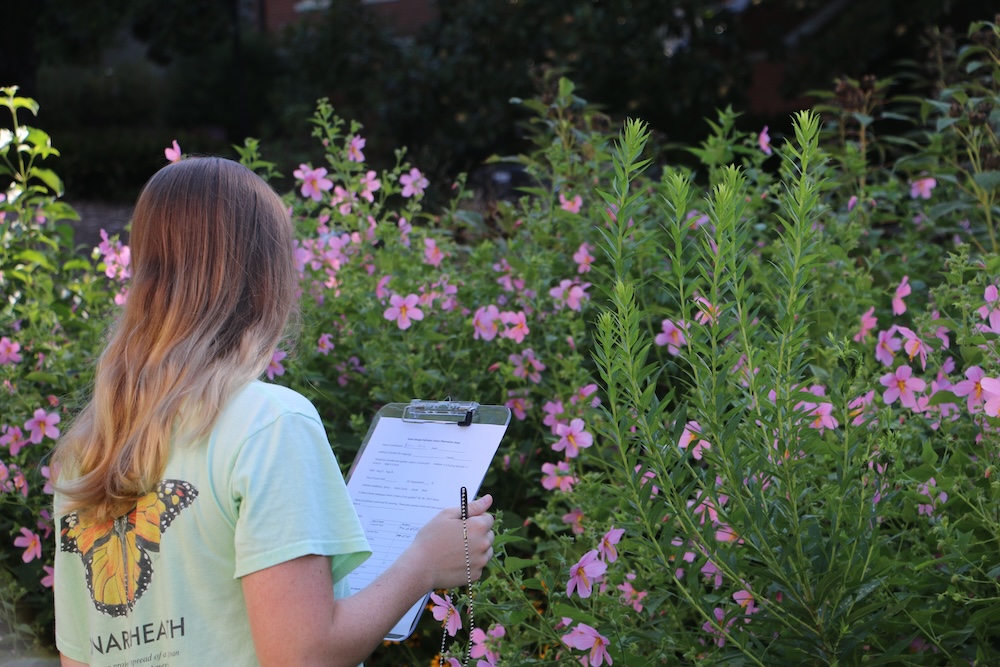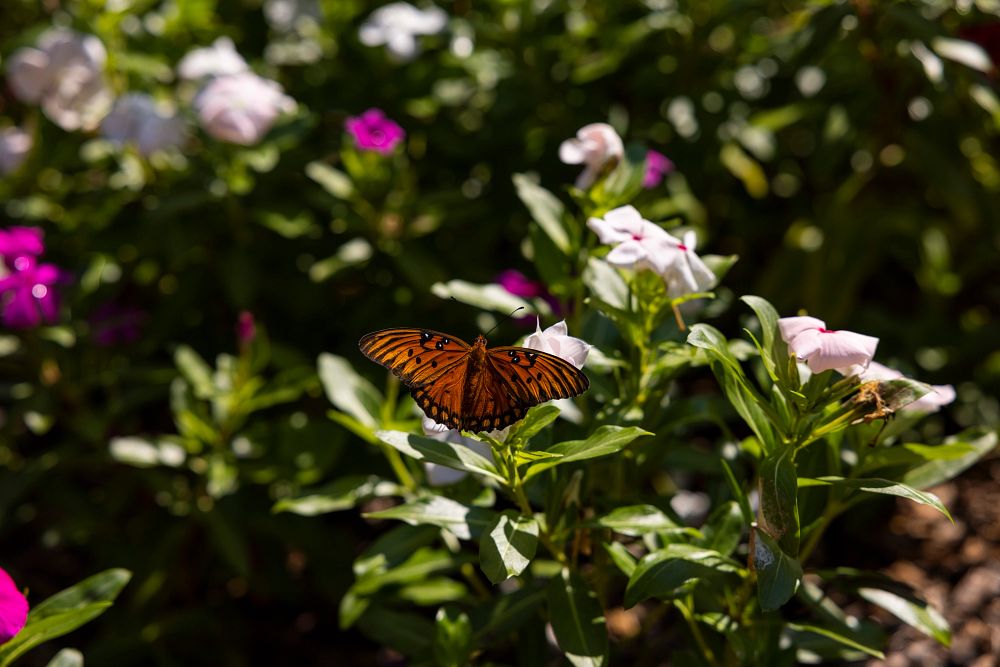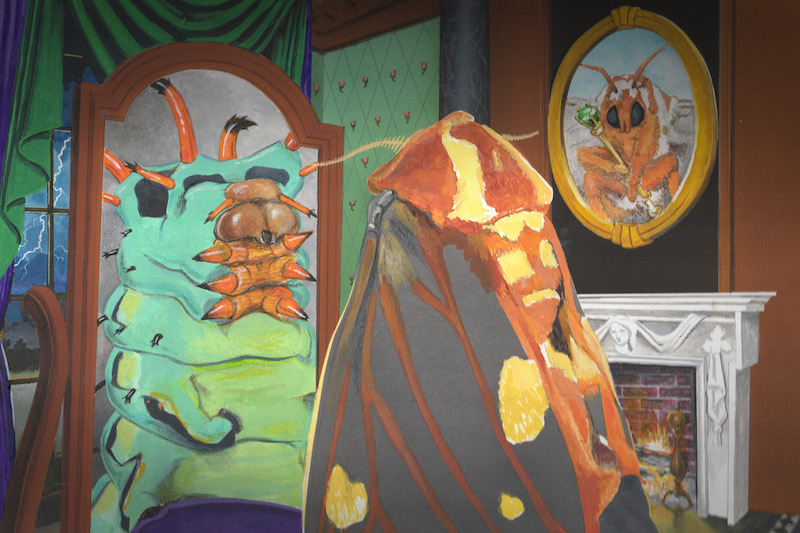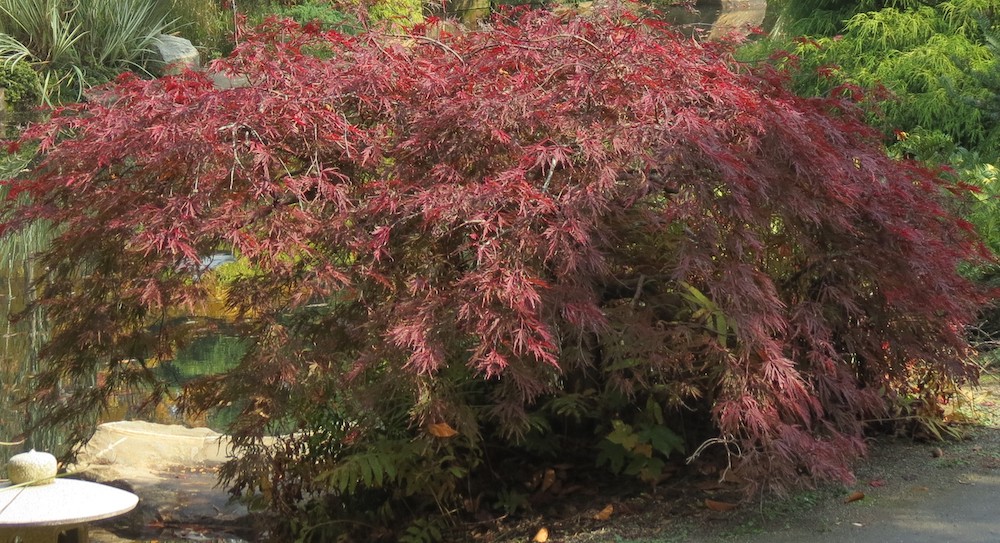It seems as though every year since I graduated from Texas A&M University, I have been asked how to get poinsettias to rebloom. The gardener soon realizes the task is beyond formidable. However, the Christmas cactus, which is so rare in beauty, is actually easy to grow and rebloom, maybe even for the rest of your life. In fact, I often meet people who say their Christmas cactus is a hand-me-down plant from their mom or grandma.
The cacti I had in my office in Raymond, Mississippi, were living, blooming proof. Although I had them for several years, they were abandoned for weeks on end during the spring and fall gardening season when I was on the road. If they got water or light beyond what they received sitting in a north-facing window, they were lucky.
Every year, however, they rewarded me with their floral displays as if I were a long-lost friend or had been pampering them for months. It was almost incredible. I visited two garden centers before I wrote this column to make sure that this plant had not fallen out of favor, but they were there in several different colors. These plants were for sale at unbelievably low prices.
The Christmas cactus is one of those plants that triggers fierce arguments over its botanical and common names. Is it a Christmas cactus or a Thanksgiving cactus?
I am thankful for it when it blooms. Even though a store selling the plant on Dec. 19 called it the “zygocactus,” that name is no longer correct. Who cares, right? Botanically speaking, most taxonomic authorities say that Christmas cacti sold are Schlumbergera x buckleyi, which is a cross between S. truncata and S. russelliana. In fact, there are more than 200 named cultivars. Other reputable sources say that Christmas cacti are S. bridgesii.
The bloom period of these hybrids may be controlled by the amount of uninterrupted darkness the plant receives. You can delay blooming by giving the plant more light. Once the plant receives 12 to 14 hours of uninterrupted darkness each day, buds will usually start to form.
Most of you who have been reading my columns for the past 20-plus years have gathered that I’m a tropical plant “nut.” Guess where the Christmas cactus originates? This true cactus, minus thorns, is native to the South American rainforest. In Brazil, they grow on tree trunks and limbs alongside orchids and bromeliads, wherever rainwater quickly drains away. Their flowers are almost iridescent in shades of lavender, fuchsia, orange, red and white.
Despite the neglect I gave my Christmas cactus back at Mississippi State University’s Central Mississippi Research and Extension Center, it is best to keep them in a bright, cool location. Keep the soil lightly moist, but never soggy. Don't fertilize until growth begins in the spring.
Once temperatures stay above freezing, you can move the Christmas cactus outdoors for the spring and summer. Keep it in a shaded area, especially in the afternoon. Feed it a diluted, water-soluble fertilizer every other time you water. Around the first of October next year, place it in an area where it will receive no light for about 12 hours in the late afternoon and at night. Buds should start to develop around the first of November and open between Thanksgiving and Christmas.
You can start new Christmas cacti by simply taking stem sections of two or three segments and sticking them in very porous, moist potting soil. I actually prefer sand. They will root very quickly. These tropical cacti are fun to grow and, in my opinion, are the easiest holiday plant to get to rebloom. Buy some now and start a tradition in which your children or grandchildren see them blooming each Thanksgiving or Christmas. You will make lasting memories.
Follow me on Facebook at “Norman Winter ‘The Garden Guy.’” For more about the University of Georgia Coastal Georgia Botanical Gardens, go to www.coastalgeorgiabg.org/.

